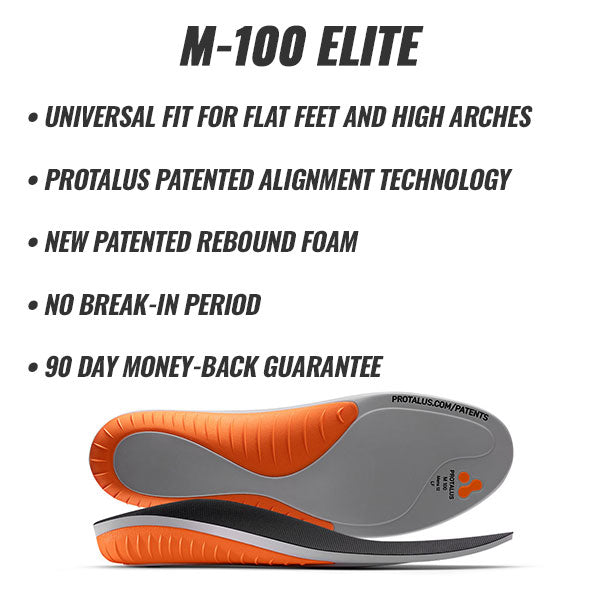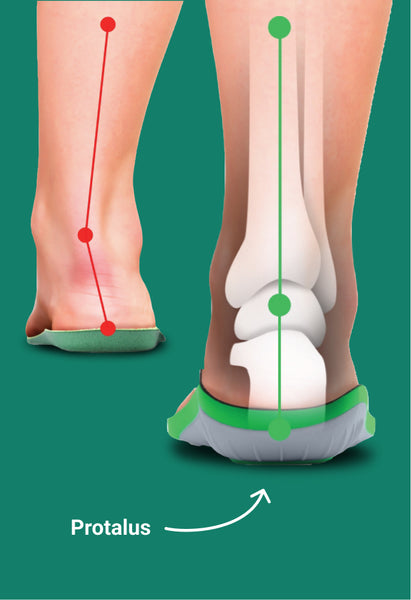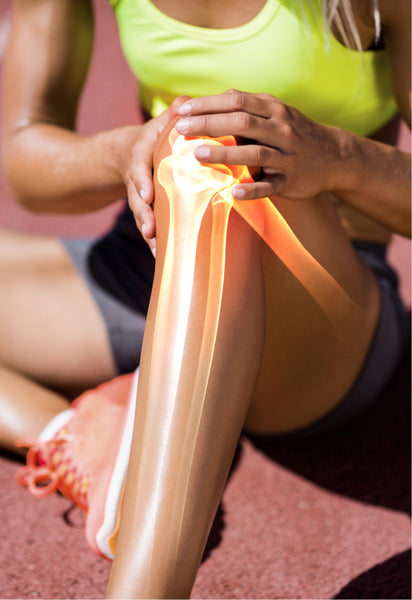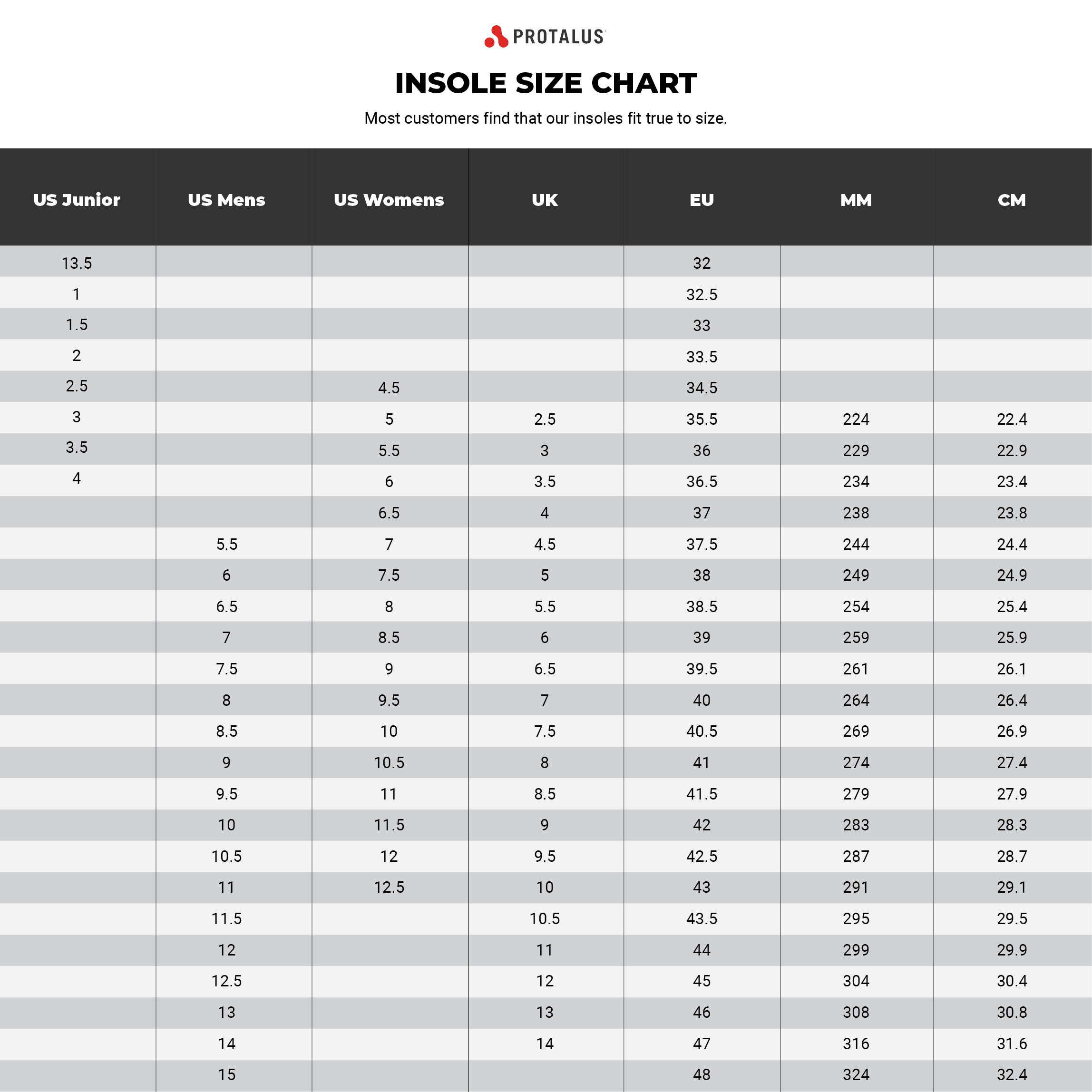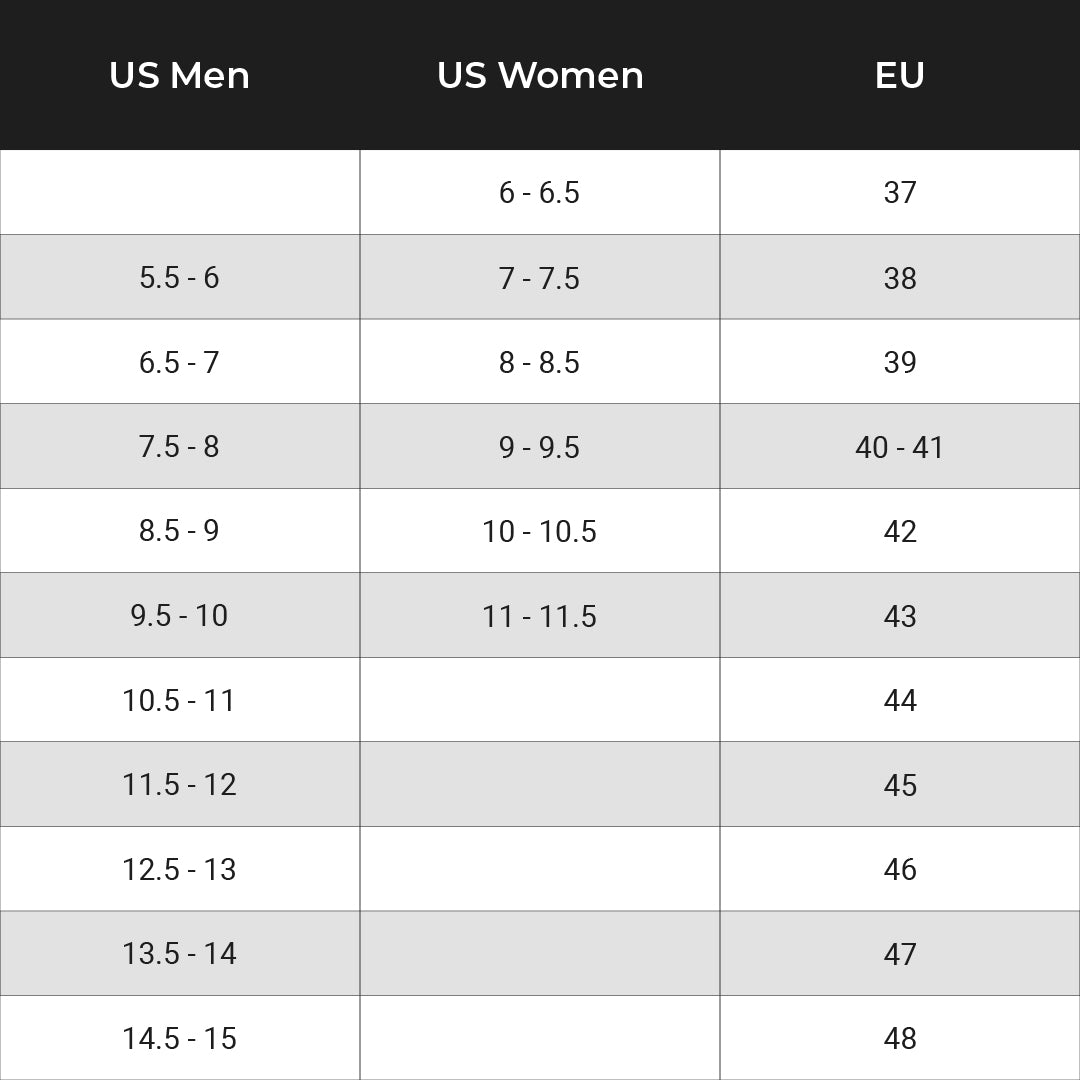Plantar Fasciitis and Stretching
Plantar fasciitis affects nearly two million people every year, yet there is no all-in-one solution for this painful foot condition. While many people who suffer from plantar fasciitis turn to corticosteroid injections and over-the-counter pain medications for relief, there is a growing body of evidence that strengthening and stretching exercises, along with supportive shoe inserts, are effective in reducing the symptoms of plantar fasciitis. Stretches are inexpensive, easy to learn, and can be done from home, and strengthening exercises can often be done with little or no equipment, making this treatment path more accessible than most others.
If we examine the condition itself we can see that the factors in the foot that cause symptoms of pain mostly center around the plantar fascia, the tendon that runs along the bottom of the foot, being inflamed, strained, torn, or damaged. So it logically follows that, just as with any other injury, allowing that tendon to rest by strengthening its supporting structures, as well as gently strengthening that damaged tissue back to its full capacity, will ease symptoms of pain. Shoe inserts that can artificially provide this support and structural alignment during recovery can help to prevent further injury as well as distribute the pressure being carried by the foot more evenly. If you are carrying extra weight that contributed to your plantar fasciitis, this may be especially helpful as removing that factor by losing weight is typically a long process and your pain will need immediate attention.
Stretches that have been shown to help with Plantar Fasciitis:
Toe Stretches

1. While seated in a chair, grasp the heel of the foot with one hand while using your other hand to bend the toes upward enough to feel a nice stretch in the bottom of the foot and toes; hold for 10 to 15 calm breaths.
2. Next, bend the toes into the opposite downward position; feeling for a comfortable stretch on the top of the foot. Hold this position for 15 to 20 calm breaths as well.
3. Practice these two positions back and forth.
Ball Stretch

1. With bare feet or in thin socks, place a tennis ball or lacrosse ball underneath your foot starting at the center. Use a wall or table to brace yourself securely.
2. Slowly roll the ball between the arch, the heel, and the forefoot applying a generous amount of weight onto the ball.
3. Repeat on the other foot.
4. (This stretch can help loosen up your plantar fascia, making it much less likely to become irritated. Put enough pressure on the ball to get a deep massage. You may feel some soreness but keep working that area slowly until it gets better. Back off if you feel any significant pain.)
Achilles

1. Stand at arm's length from a sturdy wall placing both hands flat against it.
2. Step back with your left leg, keeping it slightly bent; press your heel into the floor.
3. Press your hips forward, bending the opposite leg slightly. You will feel the stretch in your calf and left Achilles tendon at the bottom of the leg.
4. Hold for 15 to 20 controlled breaths.
For a full list of stretches to help ease foot pain, see our stretching guide.
As for insoles, Protalus recommends our M-100 model which offers the greatest level of arch support, correction, and cushion of any Protalus insoles. This will help keep your ankle in a neutral position as well as provide additional support to your kinetic chain while you recover. Beyond your recovery time, which typically takes between 8 and 12 weeks, wearing insoles can provide the support you were previously lacking to prevent a recurrence of plantar fasciitis in the future.
Recommended Posts
Saying Goodbye to Leg and Foot Pain: The Power of Insoles
by Anna Heston • March 25, 2021Kick leg and foot pain to the curb with the proper shoe insoles! Discover relief now!
How Plantar Fasciitis Sufferers Find Comfort with Insoles
by Anna Heston • March 25, 2021Say goodbye to leg & foot pain! Insoles like Protalus T-100 offer relief, support & comfort.
Flat Feet: What It Really Means for Your Feet and Body
by Anna Heston • March 25, 2021Flat feet? Discover the challenges and relief with Protalus insoles! Say goodbye to pain, improve stability, and boost performance. Read more!







